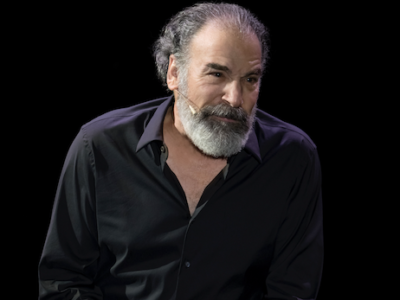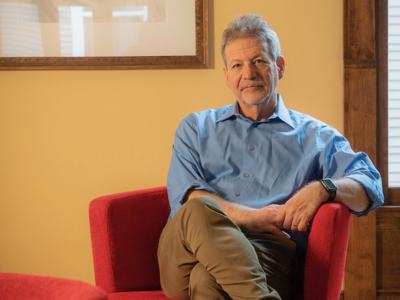In the 1980s, Latino Jews left Mexico City and Tijuana to provide safety, security, and prosperity for future generations in San Diego, Calif. Our families and organizations like the KEN Jewish Community taught us the importance of tzedakah, justice, and tikkun olam, fixing the world through action. As Latino Jewish high school students, we could not sit idly by as our community’s experience is ignored in the California Ethnic Studies Model Curriculum (ESMC).
Mark’s family are Syrian Jews who were forced to flee from their homes and made their way to Mexico City. Once there, they were penniless, homeless, and destitute. The community eventually built itself up but many chose to go to America, to safety and promise. Anna’s family is from Turkey and Syria. Fleeing persecution, they too made their way to Mexico City hoping for respite from the rampant antisemitism they faced. In time, they too, came to San Diego.
Like so many Jews, we carry with us unique legacies of trauma and resilience. However, the bigotry our families faced stills haunts us in California. We’ve been in high school collectively for five years, and the amount of hate we’ve seen in our schools is shocking — from degrading jokes to swastikas engraved on the bathroom stalls. There is no doubt that California’s education system has to do more to fight this hatred.
We are also well aware that our ancestry and culture are incredibly diverse, and there are many students in California who identify with two or more ethnic groups. We need thoughtful education to teach that identity is not monolithic.
The concept of ethnic studies is undoubtedly necessary and we thought the ESMC might finally give us and other students like us representation in the classroom. However, in August 2019, over 18,000 California parents, students, and stakeholders raised their voices against antisemitism and anti-Israel teaching in the first draft of the curriculum. The second draft was released in August 2020, and we were disappointed to see our families’ diverse history continue to be left out.
Recently, it was announced that an Arab American lesson plan will be added to the curriculum under the umbrella of Asian American studies. Our families fled the Middle East, yet their stories are not seen as important enough to be in the ESMC. Jews are barely mentioned at all, and there is no representation of Middle Eastern Jews, Latino Jews, and other Jews of Color. We know Jewish identity isn’t simple; there are countless stories of Jewish immigrants from all over the world including Israel, Central and South America, Arab nations, Iran, the former Soviet Union, and more. The curriculum should include Jews of different identities and experiences, and genuinely teach about antisemitism. That is why we are part of a student campaign, @includeourvoices on Instagram, calling for a more equitable and inclusive ESMC.
Note: AB-1460 was signed into law by Gov. Gavin Newsom in August. You can still add your name to the list of signatories in a letter to the California Department of Education, State Board of Education, and members of the Instructional Quality Commission to voice your support for a revision to ESMC. To learn more, email XXX.











Comments